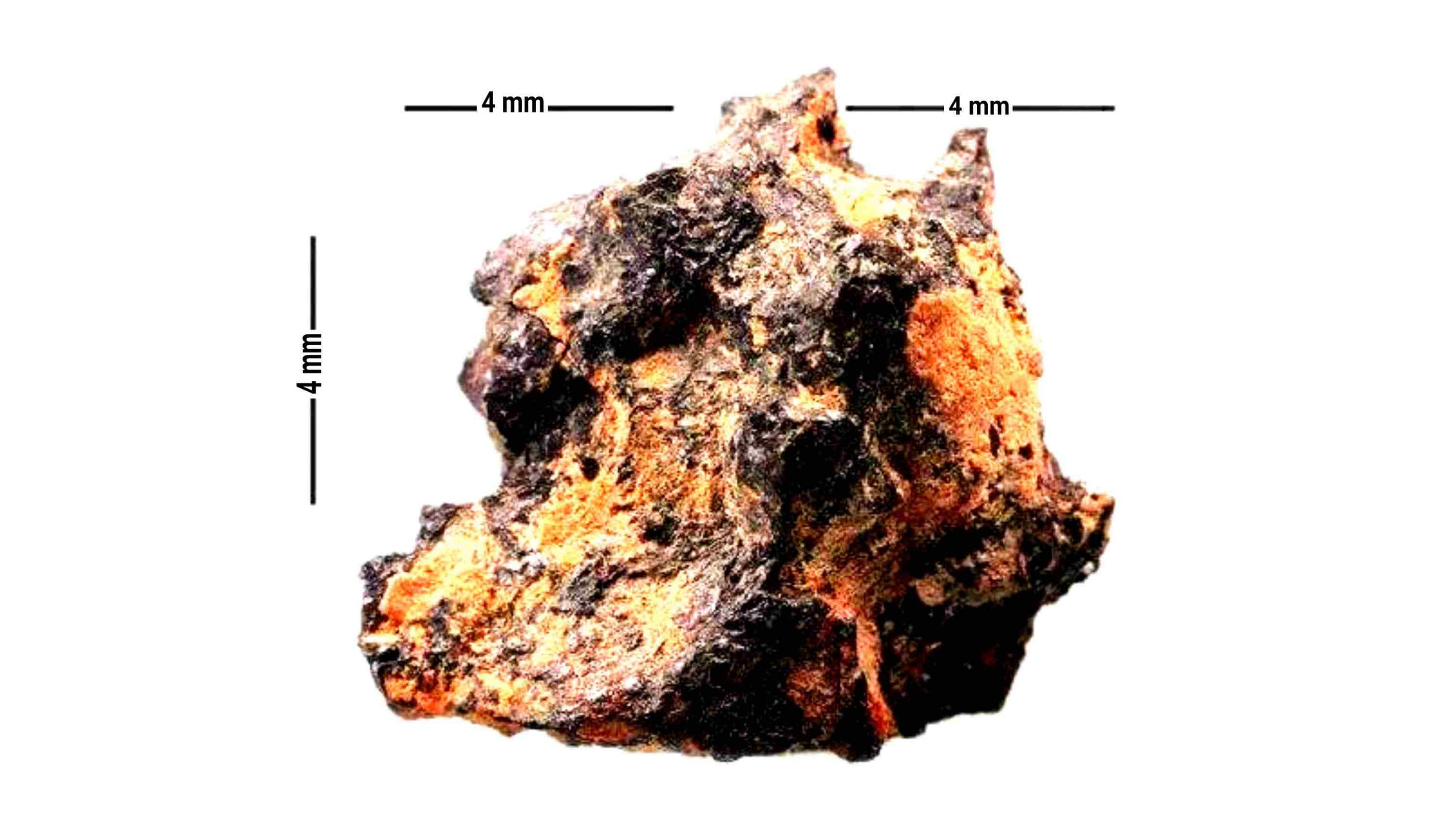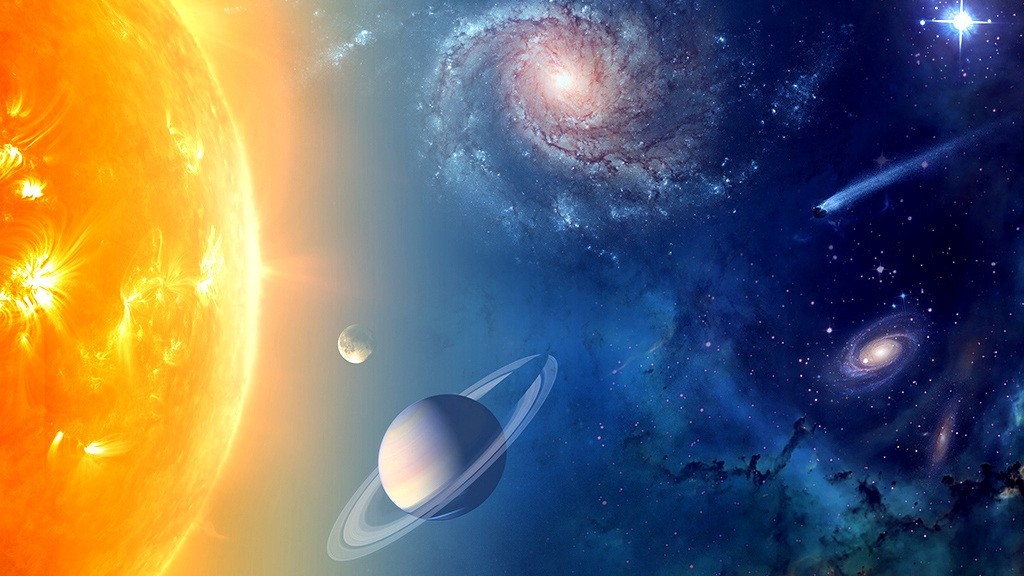In 1996, Egyptian geologist Aly Barakat discovered a tiny, strange-looking stone in the eastern Sahara. It was hardly more than a pebble, just 3.5 centimetres wide at its widest and a smidge over 30 grams in weight. The stone is widely known as the “Hypatia Stone” after a fourth-century female mathematician and philosopher, which has baffled scientists by some of its mysterious characteristics.

Since the discovery of the Hypatia Stone in 1996, scientists have been trying to figure out where exactly the mysterious pebble originated.
Though the Hypatia Stone was first found to be extraterrestrial in origin which came to earth through meteorite, further analysis revealed that it doesn’t fit into any known category of meteorite.
A study published in Geochimica et Cosmochimica Acta on 28 Dec 2017 suggests that at least some micro-compounds in the rock may have formed before the existence of our Sun or any of the planets in the solar system, because those particles don’t match anything we’ve ever found in our solar system.

Especially the chemical composition of the Hypatia Stone doesn’t resemble anything scientists have found on Earth or in comets or meteorites they have studied.
According to the research, the rock was likely created in the early solar nebula, a giant cloud of homogenous interstellar dust from which the Sun and its planets formed. While some of the basic materials in the pebble are found on Earth—carbon, aluminum, iron, silicon—they exist in wildly different ratios than materials we’ve seen before. Researchers further found microscopic diamonds in the rock which they believe were created by the shock of the impact with Earth’s atmosphere or crust.
When the Hypatia Stone was first found to be an extraterrestrial stone, it was sensational news for researchers as well as enthusiasts from all over the world, but now various new studies and results have put forth even bigger questions about its actual origins.
The studies further suggest the early solar nebula may not have been as homogenous as we previously thought. Because some of its chemical features indicate that the solar nebula wasn’t the same kind of dust everywhere—which starts tugging at the generally accepted view of the formation of our solar system.
On the other side, ancient astronaut theorists believe that the Hypatia Stone represents the advanced knowledge of our ancient ancestors, which, according to them, they had acquired from some kinds of advanced extraterrestrial beings.
Whatever it was, the researchers are eagerly trying to further probe the rock’s origins, hopefully they will solve the puzzles that Hypatia Stone has presented.



